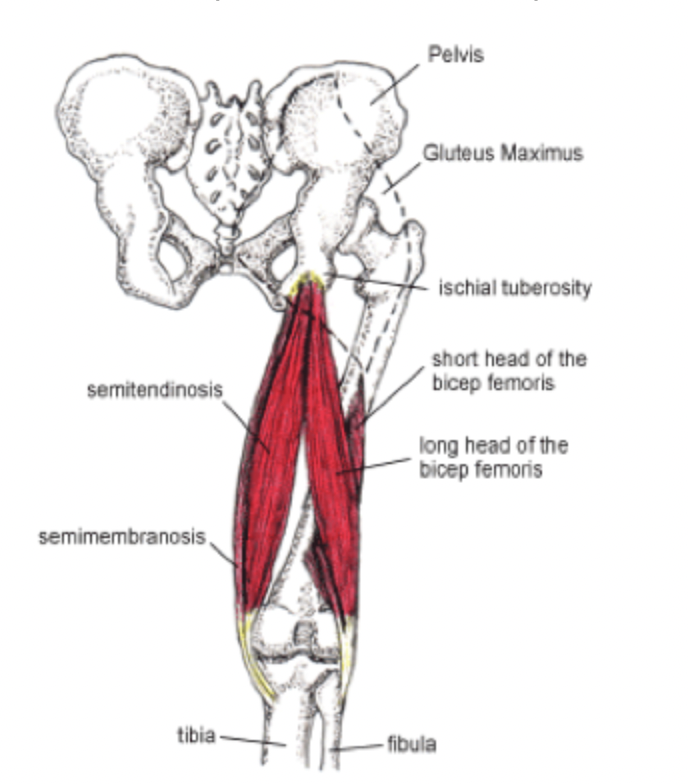The Hidden Risk of Rotator Cuff Injuries in eSports
- golabiromtin
- Aug 6, 2024
- 2 min read
Updated: Jun 23
By Romtin G.
Before reading this article, check out our Instagram page where we'll have infographics on each article topic. They're perfect if you want a short introduction before reading the article, or if you want to get a general idea of the topic without reading the entire post. Here's the infographic in case you want to see it on our website instead: Infographic 5
In this article, we’ll be talking about injuries that can prevail in a different branch of sports - electronic sports (eSports). In the world of eSports, where lightning-fast reflexes and absolute precision win the game, an unexpected challenger lies hidden. That challenger happens to have shoulder rotator cuff injuries. You may be thinking that shoulder injuries are reserved for only tennis and baseball players, but think again! The repetitive strain of hours spent clutching a controller or maneuvering a mouse can have a withstanding effect, sidelining even the most dedicated and talented gamers. But there’s still a way to keep your game strong without sacrificing your shoulder, so read on to discover the tips and tricks that’ll keep you at your peak!
Before we start, we need to investigate what a rotator cuff injury is. Rotator cuff injuries often come in the form of tears in single or multiple cuff tendons, the tendons that hold the shoulder joint in place and allow you to move your arm and shoulder cohesively. The tears can be partial or full with a range of symptoms from mild discomfort to severe pain and loss of motion. With regards to eSports, the repetitive motions of gaming like clicking a mouse, typing on a keyboard, or gripping a controller can strain, inflame, and/or tear these tendons and lead to chronic issues if not addressed properly. Complete tears will require surgery and will require the tendon to be surtured (stitched) back to its bone insertion (where it connects to the bone), while most other tears require physical therapy and NSAIDs.
What are a few ways we can prevent getting these injuries while gaming? One way is the 20-20-20 rule: every 20 minutes, take a 20-second break to stretch and look 20 feet away to avoid eye strain, relaxing your eyes and muscles. Another key factor is to maintain proper posture by investing in ergonomic equipment. Good posture looks like having your feet flat on the ground, shoulders relaxed, elbows at a 90-degree angle, and an adjusted monitor to eye level to avoid hunching. Ergonomic gaming chairs, keyboards, and mice are designed to support your body in a natural position (such as a chair with lumbar support, which curves with the natural curves of the lumbar section of your spine), reducing strain on your shoulders and joints. I know this tip will sound silly, but it is helpful to do a small warm up before you start playing, which includes gentle arm and shoulder stretches to increase blood flow and muscle flexiblity.
I know this article is shorter than my past articles, as I understand that keeping it concise helps maintain your attention, so this will be the norm from now on. I hope you enjoyed it!
Sources:


